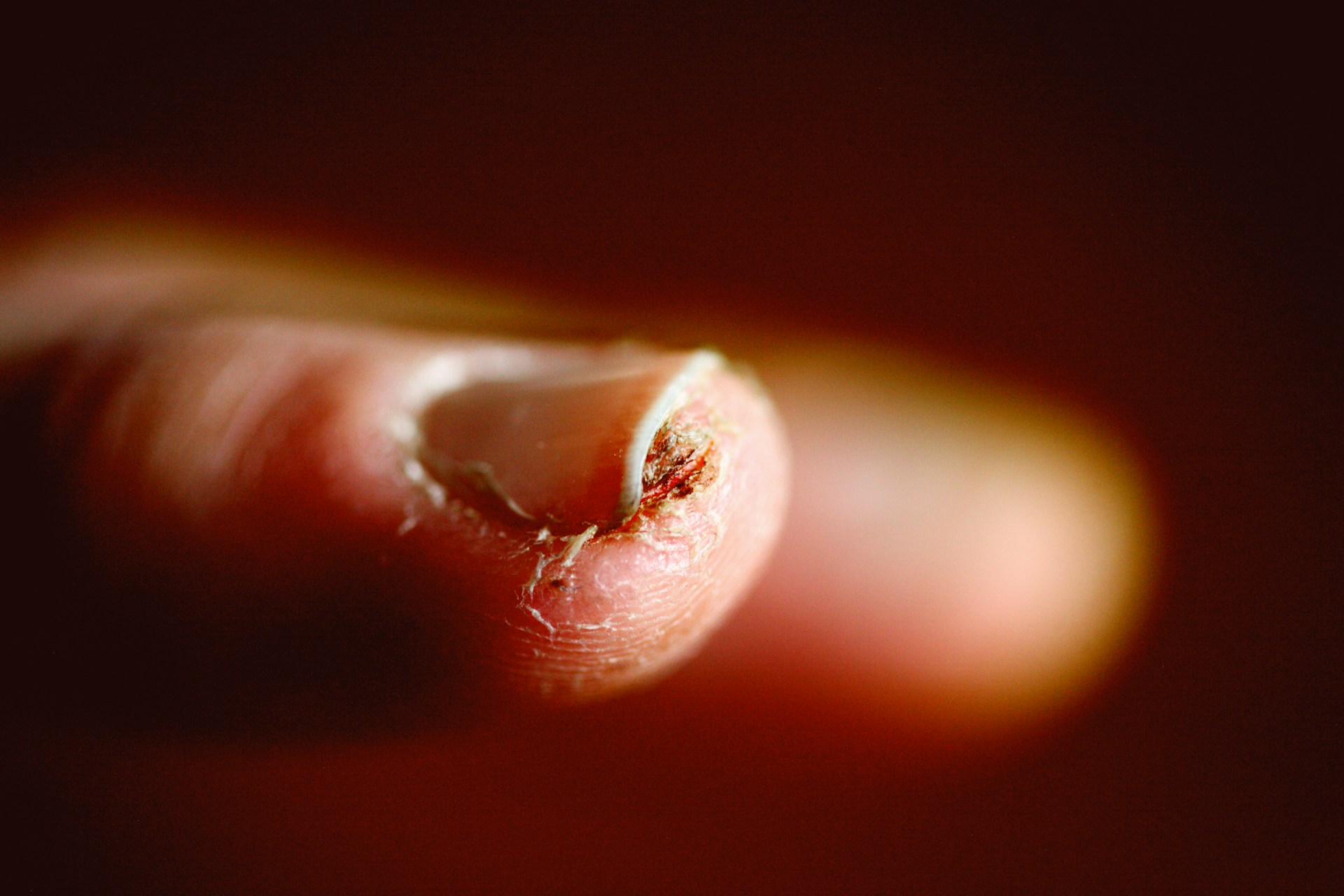What Do Your Fingernails Say About Your Health?
People should consider the connection between fingernails and diseases. Believe it or not, fingernails give important alerts and signs for the presence of numerous diseases.
Have a look at the fingernails and examine each of them. Cautiously check the curves, dips, ridges, and grooves. Look exactly how thin or thick they are, and whether or not they are broken or chipped. Pay attention to the color of the nail, the skin surrounding it as well as the skin underneath.

7 Warning Signs from Your Fingernails
-
Discolored Nails
The color of a healthy fingernail should be pink with a touch of white moons near the base. If for instance your nails are streaked with different colors, it is quite likely that you have an unnoticed health issue.
- Green nails mean bacterial infection
- Red-colored streaks in the nail bed reveal a heart valve infection
- Bluish nails are an indication of low oxygen levels in the blood
- Dull nails usually mean a vitamin deficiency
- White nails could reveal liver diseases like hepatitis
- Dark stripes at the summit ( Terry’s nails ) are associated with aging and congestive heart failure
Clean the nails and check out the color once more. Considering the wide variety of possible health problems, you want to be sure you see what they are saying.
-
Thick Nails
Owning thick nails is normal. The nails should be strong, but in the event, that they look like claws or talons, be careful!
- Thickened nails which are otherwise normal may signal lung disease
- Thick and rough-textured nails might indicate a fungal infection
- Thick and split-up nails usually suggest a thyroid disease or psoriasis
- Unusual thickness could be an alert of a circulation problem
Thick nails are a change that ought to adapt to other symptoms you might be taking for granted. Be aware of allergic reactions to new medications which could appear as thick nails.
-
Split Nails
Split nails usually flake away in layers. Sadly, many people point the finger at nail polish for many problems, especially as:
- Deficiencies of folic acid, Vitamin C, and protein are often a cause of Split nails.
- Split nails together with a pitted nail bed ( base ) may suggest psoriasis, which begins in nails 10 percent of the time as per WebMD
- Split nails could be a result of chronic malnutrition
Keep an eye on your daily diet and check the psoriasis relationship to fight back.
-
Concave (Spoon) Nails
Nails that curve upward at the edges, taking on a spoon-like appearance, may be a sign of:
- Iron deficiency (usually from anemia)
- Hemochromatosis is a liver disorder in which the body absorbs an excessive amount of iron
- Heart disease
- Hypothyroidism
Because there is certainly a solid connection between the fingernails and health problems, treating the health issue usually causes the spoon nails to go back to normal.
-
Pitted Nails
Small dips in the nails may be a result of banging up the hands or perhaps could be a signal underlying health problem:
- Zinc deficiency
- Connective tissue disorder
- Alopecia areata, an autoimmune disorder that causes hair loss
- Psoriasis
Natural dents clear up very fast while pits associated with disease linger.
-
Vertical Ridges
Top-to-bottom ridges are a normal sign of getting older and are not a trigger for concern. They may become much more notable as you age. In some cases, nail ridges could be a consequence of nutrient deficiencies, including vitamin B12 and magnesium.
-
Dry, Brittle Nails
Dry nails and brittle nails are related to bacterial infections and hormone imbalance.
- Thyroid disease triggers brittle and dry nails
- Based on the American Academy of Dermatology, fungus can make fingernails dry or even crumbly, which affects 12 % of all people in America
Thyroid and fungal issues take considerable time to treat, so will not see any major difference for a full growth cycle.














Post Comment